The legality of cameras in patient rooms varies by jurisdiction. Cameras enhance patient safety but raise privacy concerns requiring informed consent and transparency.
In an era where security and monitoring are paramount, the question of placing cameras in patient rooms has gained significant attention. This practice intersects with critical issues such as privacy, safety, and regulatory compliance. Understanding the legal landscape surrounding this topic is crucial for healthcare providers, patients, and their families.
Understanding the Legal Framework:
The legality of installing cameras in patient rooms varies significantly depending on jurisdiction. In the United States, for instance, federal and state laws both play roles in determining the legality of such surveillance.
At the federal level, the Health Insurance Portability and Accountability Act (HIPAA) primarily governs patient privacy. HIPAA mandates stringent protections for patient health information, which can be impacted by the presence of cameras.
Any recording must ensure that it does not capture sensitive health information without appropriate safeguards.
State laws add another layer of complexity. Some states have specific regulations regarding the use of surveillance cameras in healthcare settings.
For instance, California’s Invasion of Privacy Act imposes strict penalties for unauthorized recording of confidential communications.
Balancing Privacy and Safety:

The primary argument for installing cameras in patient rooms is the enhancement of patient safety. Cameras can help monitor patients who are at risk of falls, ensure adherence to care protocols, and provide real-time alerts in case of emergencies.
For patients with conditions like Alzheimer’s or dementia, constant monitoring can prevent wandering and accidents.
However, these benefits must be weighed against significant privacy concerns. Patients and their families often expect a degree of privacy and dignity that constant surveillance might compromise.
In many cases, informed consent from the patient or their legal guardian is necessary before cameras can be installed.
Consent and Transparency:
To navigate the legal and ethical challenges, transparency and consent are crucial. Healthcare facilities must clearly inform patients and their families about the presence of cameras, their purpose, and how the recordings will be used and stored. Obtaining explicit written consent helps ensure that patients’ rights are respected.
In situations where the patient is unable to provide consent, such as in cases of severe cognitive impairment, consent must be obtained from a legal guardian or power of attorney. This process should be well-documented and handled with sensitivity.
Guidelines for Implementing Surveillance:
For healthcare facilities considering the use of cameras in patient rooms, adhering to best practices is essential:
- Legal Compliance: Ensure that all federal and state laws regarding surveillance and patient privacy are followed.
- Informed Consent: Obtain explicit consent from patients or their legal representatives.
- Transparency: Clearly communicate the purpose, scope, and duration of the surveillance to patients and their families.
- Secure Storage: Implement robust security measures to protect the recorded data from unauthorized access and breaches.
- Regular Audits: Conduct regular audits to ensure compliance with all relevant laws and regulations.
Ethical Considerations:
Beyond the legal aspects, ethical considerations play a significant role in the debate over cameras in patient rooms. The ethical principle of autonomy emphasizes the importance of respecting patients’ rights to make informed decisions about their care.
Surveillance without consent can undermine this principle, potentially eroding trust between patients and healthcare providers.
The principle of beneficence, which involves acting in the best interest of the patient, supports the use of cameras for enhancing safety and care quality.
However, this must be balanced with non-maleficence, the duty to do no harm. Intrusive surveillance can harm patients by violating their privacy and dignity.
Technological Advances and Privacy Concerns:

Advancements in technology have made surveillance more accessible and sophisticated. Modern cameras offer features such as high-definition video, remote access, and real-time alerts.
While these capabilities can significantly enhance patient monitoring, they also raise new privacy concerns.
For example, the ability to access live feeds remotely can lead to unauthorized viewing if proper security measures are not in place.
Additionally, storing large amounts of video data requires robust cybersecurity protocols to prevent breaches that could expose sensitive patient information.
Case Studies and Real-World Applications:
Several healthcare facilities have successfully implemented camera surveillance in patient rooms, providing valuable insights into the practical challenges and benefits. For instance, some hospitals have reported reductions in incidents of patient falls and faster response times to emergencies due to real-time monitoring.
Conversely, there have been instances where surveillance has led to legal disputes and negative publicity. In one case, a family sued a nursing home for installing cameras without their consent, arguing that it violated their relative’s privacy rights. Such cases highlight the importance of adhering to legal requirements and obtaining proper consent.
FAQ’s:
1. Is it legal to install cameras in patient rooms?
The legality depends on federal and state laws.
2. What federal law primarily governs patient privacy regarding cameras?
HIPAA governs patient privacy at the federal level.
3. What are the main benefits of having cameras in patient rooms?
Cameras enhance patient safety by monitoring high-risk patients and providing real-time alerts.
4. What are the privacy concerns associated with cameras in patient rooms?
Cameras can infringe on patient privacy and dignity, requiring informed consent and transparency.
5. Is patient consent required before installing cameras in patient rooms?
Yes, informed consent from the patient or their legal guardian is typically required.
6. How can healthcare facilities ensure compliance with surveillance laws?
Facilities should follow legal requirements, obtain consent, maintain transparency, and secure data storage.
7. What are some ethical considerations for using cameras in patient rooms?
Ethical considerations include respecting patient autonomy and balancing beneficence with non-maleficence.
8. How have technological advances impacted the use of cameras in patient rooms?
Advances have made surveillance more accessible but raised new privacy and security concerns.
Conclusion:
The installation of cameras in patient rooms requires balancing legal and ethical considerations. While cameras can enhance safety, they must respect patient privacy and dignity through informed consent, transparency, and robust security measures. Ongoing policy evaluation is necessary to maintain this balance as technology evolves.
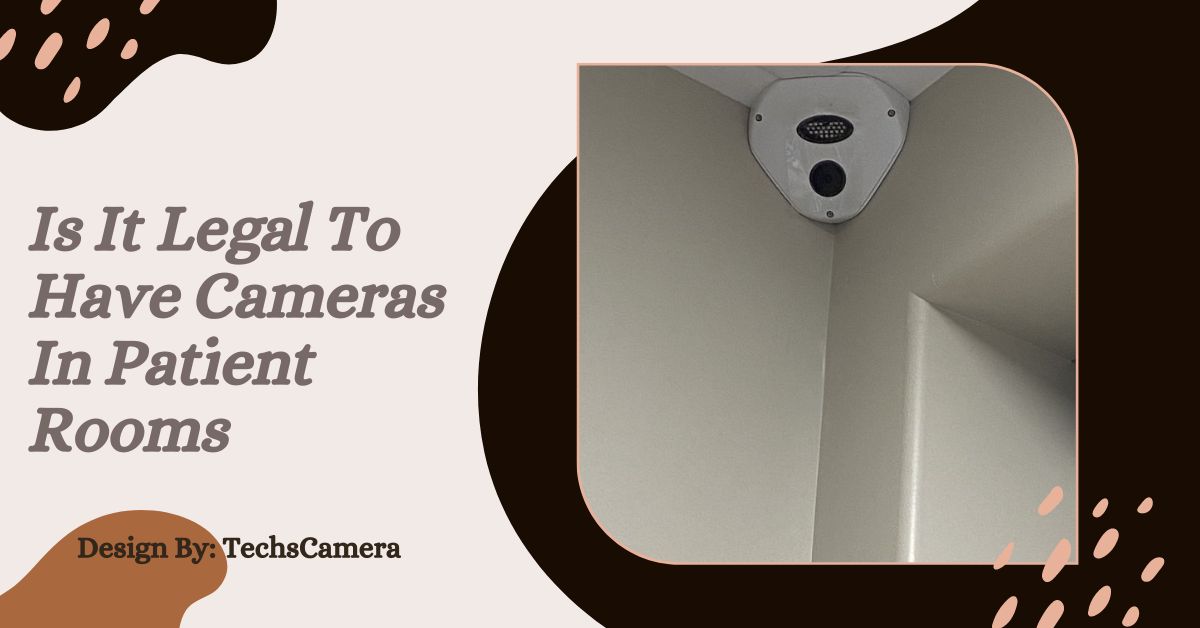






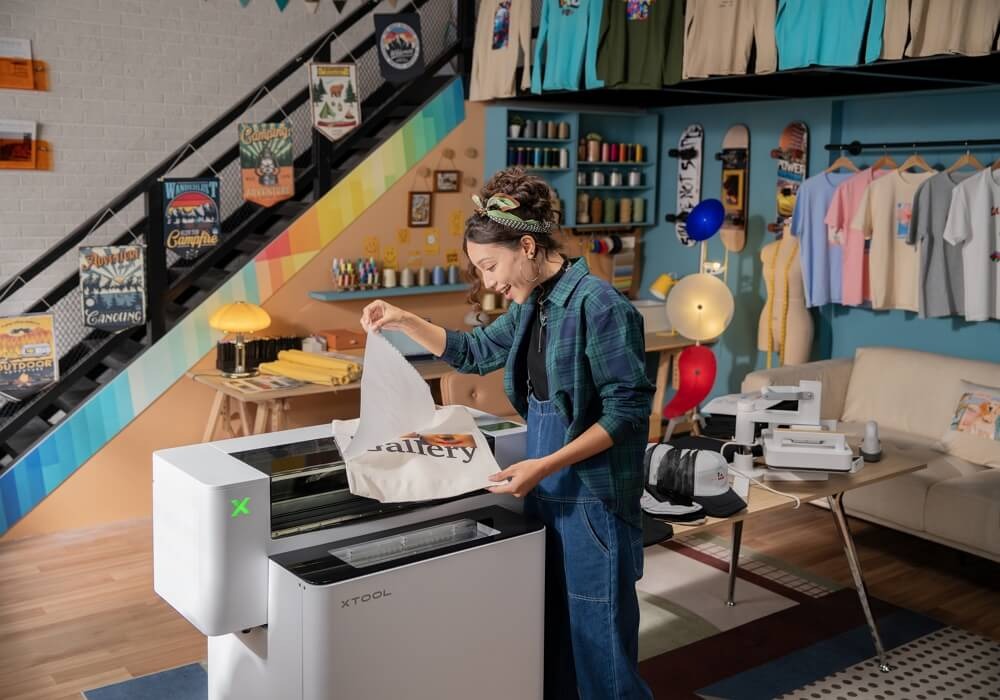
















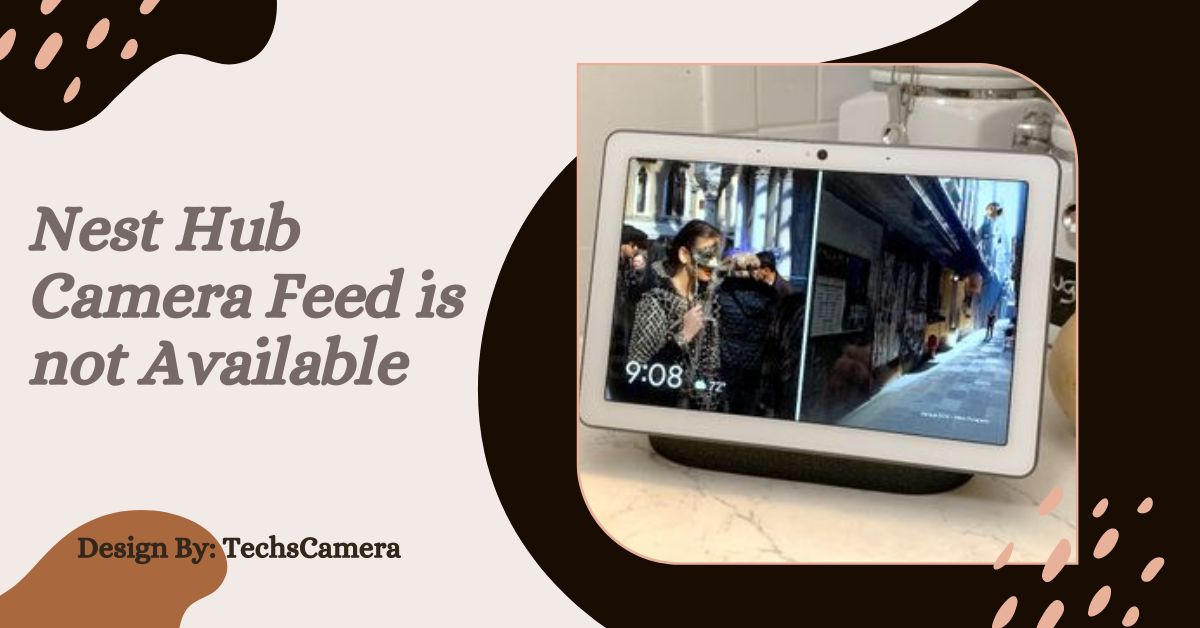


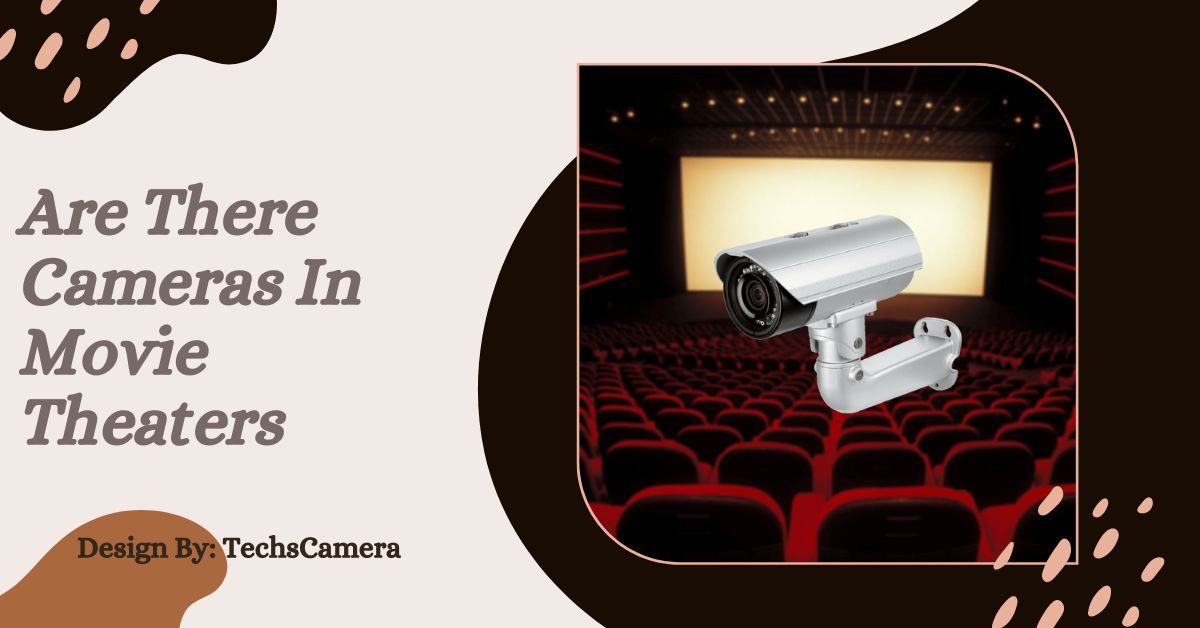
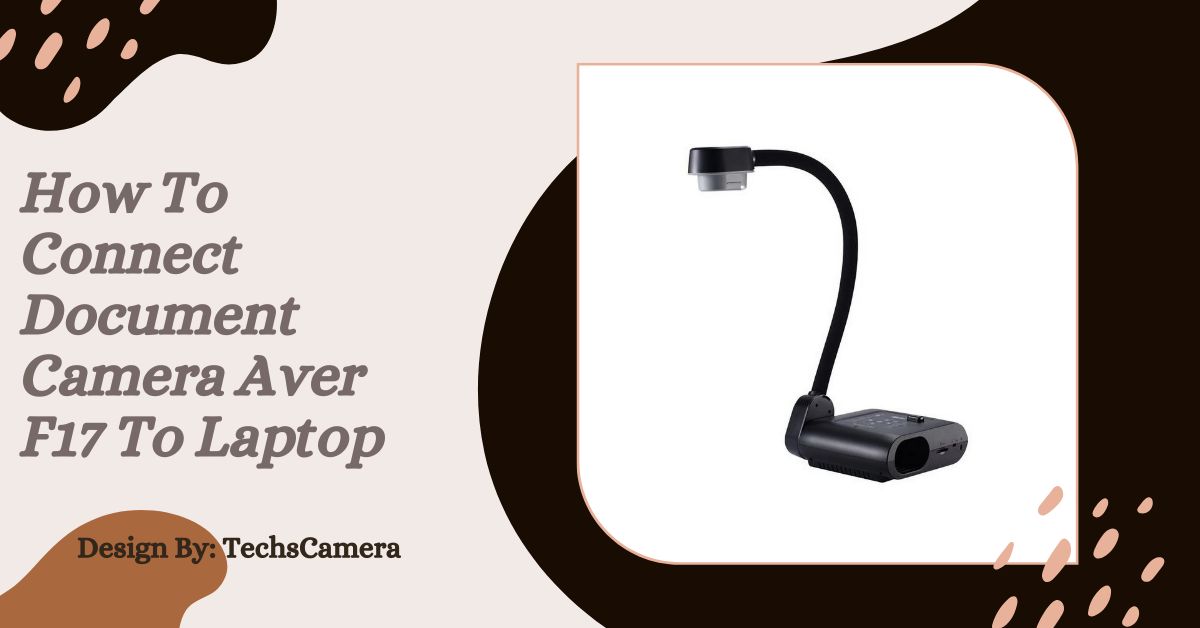
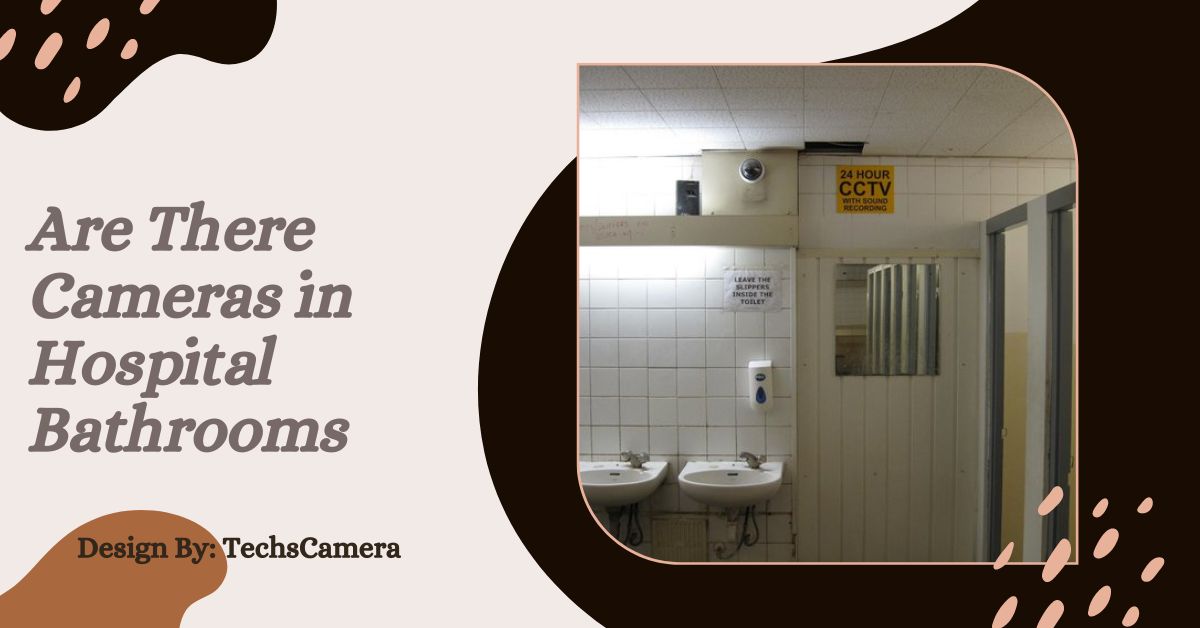




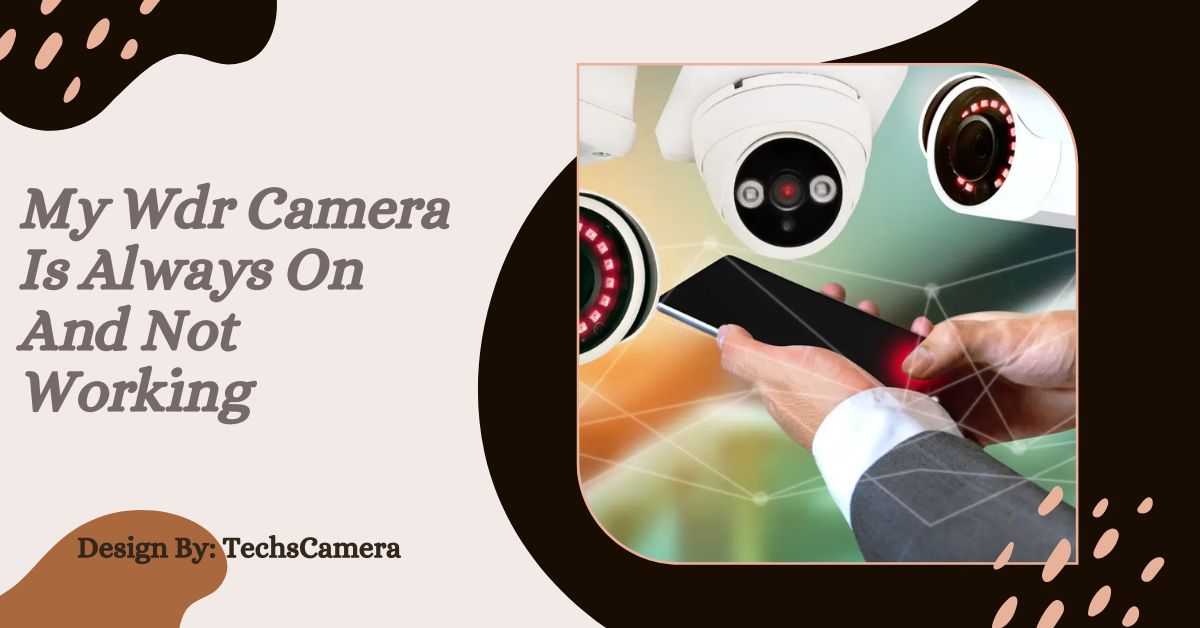

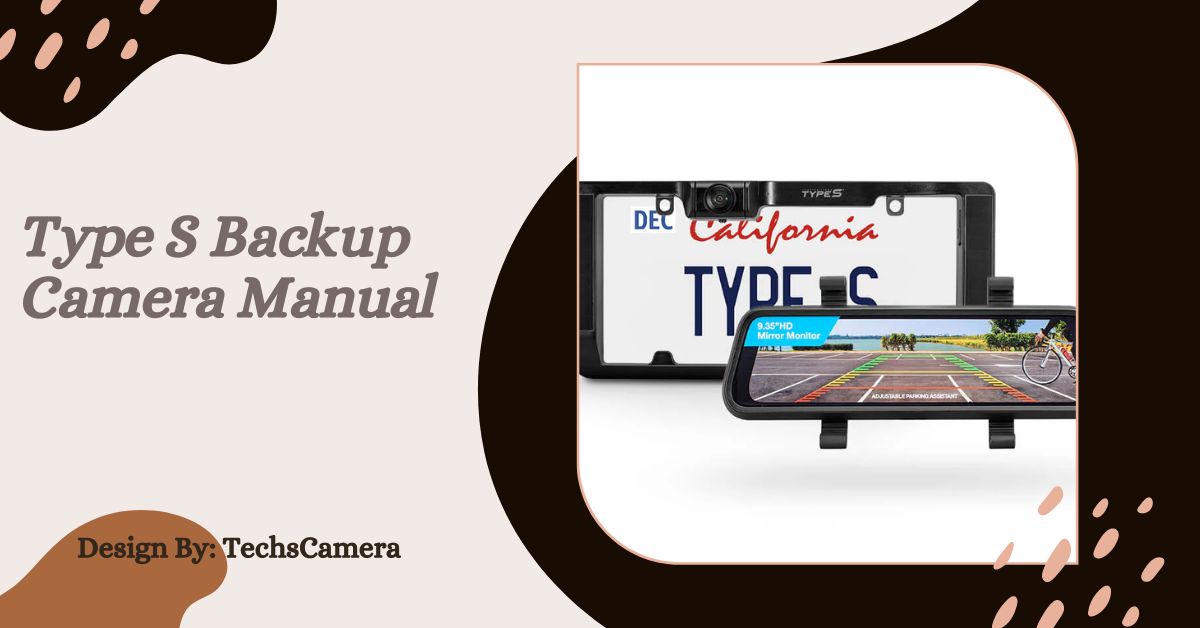




Leave a Reply